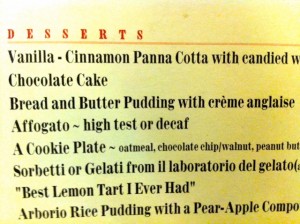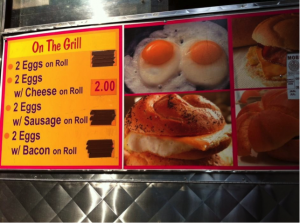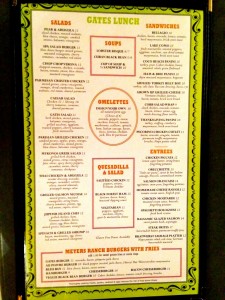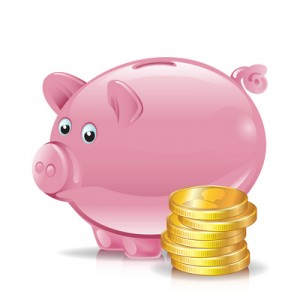 Restaurants are savvy. They’re in business to take your bucks and don’t want you to think about spending them – especially when you’re looking at a menu.
Restaurants are savvy. They’re in business to take your bucks and don’t want you to think about spending them – especially when you’re looking at a menu.
That’s why – may restaurants, especially those at a higher price point — you won’t see a dollar sign next to the menu choices. Dollar signs – or euro signs – or any money symbol — serves as a subconscious reminder that you’re about to part with your hard-earned money.
The “Pain Of Paying”
A study published by Cornell researchers found that customers spend less when prices are listed with dollar signs rather than without them. It seems that even the word or symbol for dollar can trigger “the pain of paying.”
The absence of dollar signs makes menu prices seem a bit friendlier, too — especially in higher-end restaurants. Many places will eliminate the numbers for cents, as well.
A shorter numerical price point is most appealing, so chicken that costs twelve dollars will mostly likely be shown as 12 instead of $12 or $12.00. Using a dash or period after the numbers is more of a design choice than a psychological one, but plain old numbers followed by nothing is most common.
Tip: Don’t look for dollar signs on the menu. They’re not there because they serve as a subconscious reminder that you’re about to part with your hard earned money. Restaurants don’t want you to think about money when you order.
The Numbers Aren’t In A Straight Line Either
On most menus the prices are usually right after the dish description rather than lined up like soldiers in a nice straight right-adjusted column. Why? So you won’t go looking for a cheaper dish. 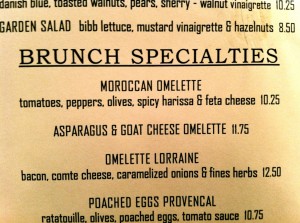
When you see a chicken dish for $17 the restaurant doesn’t want you to easily scan a column of numbers and notice that the chicken tenders two lines down are $3 cheaper.
Amazingly, staggering prices rather that listing them in a nice straight column can lead to a 10% increase in sales for the restaurant.
Tip: Prices are usually listed right after a dish’s description rather than lined up in straight right-adjusted column. This keeps you from scanning down the list to find the least expensive items. Remember – restaurants don’t want you to think about your wallet – so a menu will use ways to eliminate easy price comparison.
Decoys And Trickery
“Decoy pricing” is a favorite tactic of some restaurants, too. They’ll put really expensive dishes at the top of the list on the menu so the less expensive dishes that follow look more reasonably priced – even if they’re still expensive.
Some research has shown that people tend to order neither the most, nor the least expensive dishes. They go more for mid-zone pricing so tossing high-priced decoys into the equation makes everything else look a little more reasonable.
Tip: Really expensive menu items act as decoys when they’re put next to others that are more reasonably priced – pushing you to order what then looks reasonably priced — but still may be expensive.
Do you eat out? This is the seventh article in a series of consecutive posts about decoding restaurant menus. Keep checking back for more information that might help you with your restaurant choices.
Please share if you know anyone who wants to Eat Out and Eat Well!
Remember to LIKE Eat Out Eat Well on Facebook (the LIKE button is under the five spoons).
